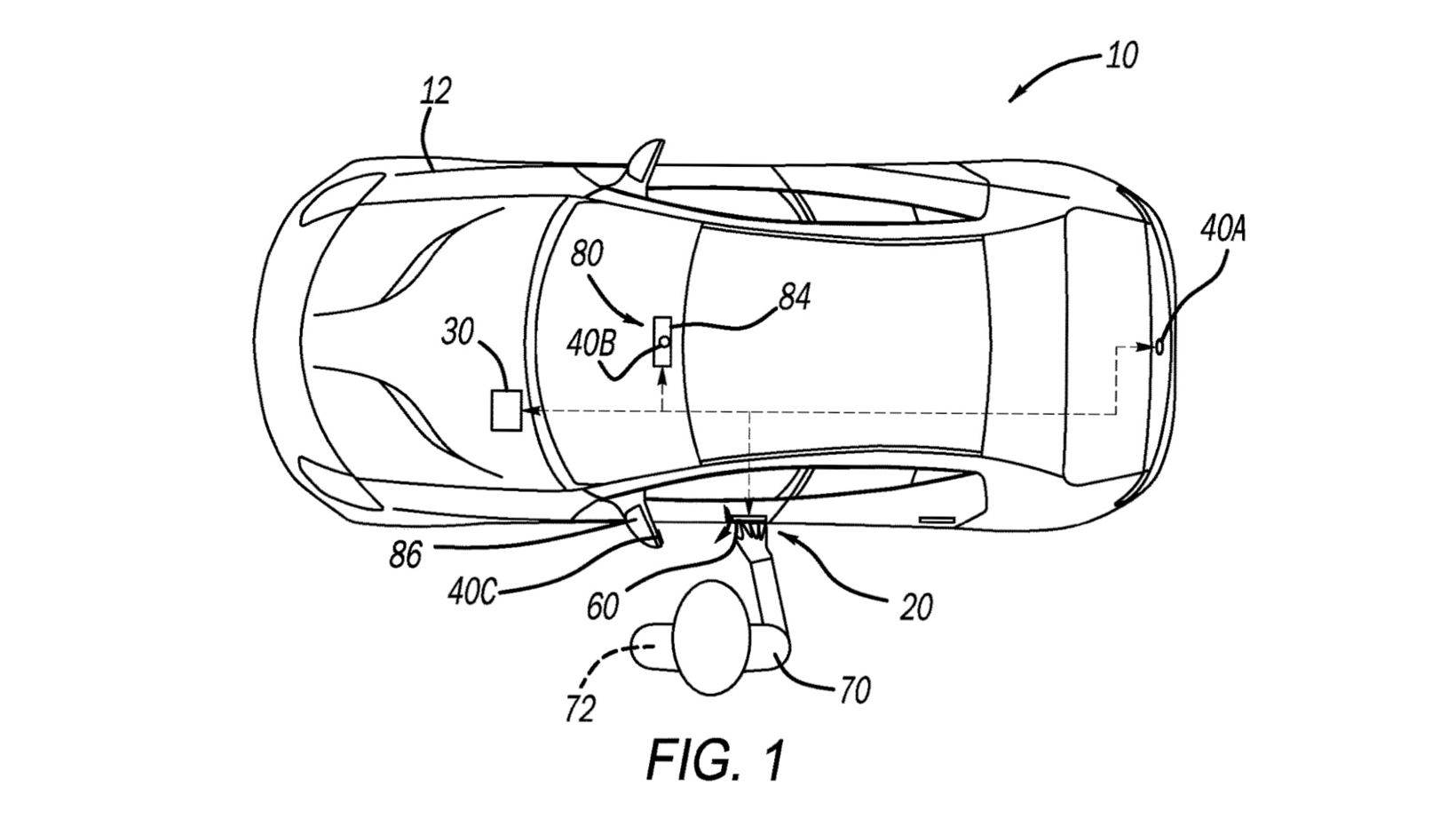According to reports, automaker Stellantis has been granted a groundbreaking patent by the United States Patent and Trademark Office (USPTO) on July 1, 2025, titled 'System and Method for Entering a Vehicle Using a Biometric Key.' Originally filed in March 2023, this patent aims to transform how drivers access their vehicles, especially in situations where traditional key fobs, smartphones, or other common access devices are unavailable. What is a biometric car key? In simple terms, this technology allows users to unlock their cars using facial recognition. No keys, no phones—just facial recognition. Here's how it works: The system uses an onboard camera (such as a rearview camera or one in the mirror) to capture an image of the person attempting to unlock the vehicle. The door handle acts as the activation point. If the person lifts the door handle in a specific sequence (for example, lifting it three times, pausing, lifting it four times, pausing again, and lifting it twice more), the system wakes up. Once activated, the camera captures the person's facial photo and sends it to the controller, which compares it with the stored images of pre-authorized users. If the face matches, the vehicle unlocks. If not, the vehicle remains locked. The system will even emit a sound to notify you that it is activated and ready to scan. Importance: This system can be lifesaving in emergencies (such as losing your keys or a dead phone). Just perform the access procedure and let the system recognize your face without being trapped. It is especially useful for families, allowing owners to pre-authorize different users (like spouses or teenage drivers). Moreover, because it is activated only through a specific door handle sequence, it consumes very little power when the car is off, meaning it won't drain the battery like always-on sensors. This technology does not rely solely on onboard components; it can wirelessly connect to Stellantis's secure servers to verify facial images through cloud computing. This means safer storage and faster image comparison speeds. The system also features a modular design that can work with existing hardware (like the vehicle's advanced driver-assistance cameras and standard door handles), lowering costs for both automakers and consumers. Stellantis has not officially announced the timeline or locations for the system's rollout, but given its application in the Halcyon concept vehicle and the approval of this new patent, it is likely developing it for future Chrysler, Dodge, Jeep®, or Ram models. This forward-looking technology perfectly aligns with Stellantis's goal of creating advanced, user-friendly, and safe vehicles. Whether locked out in a mall parking lot or letting your kids borrow the family SUV, this patent lays the groundwork for smarter and safer vehicle access—without having to dig out your keys from your pocket.
Stellantis Secures Breakthrough Patent for Biometric Vehicle Access System

Share this post on: